Thanh Nien reporter talked with Dr. Trieu Thanh Le (photo) , Head of the Faculty of Journalism and Communication, University of Social Sciences and Humanities (Ho Chi Minh City National University).

Dr. Trieu Thanh Le, Head of Faculty of Journalism and Communication, University of Social Sciences and Humanities (Ho Chi Minh City National University)
PHOTO: NTCC
SELECTING COMPREHENSIVELY QUALIFIED LEARNERS
According to you, in the current context, what are the differences in journalism training compared to before?
Dr. Trieu Thanh Le: Journalism training has changed a lot compared to before, for example, from specialized training content for each media (print, radio, television, electronic newspapers), the training program has shifted to integrated training of media to help learners have the ability to work on many different media.
From the goal of training journalists with professional practice capacity, we continue to set the goal of developing students' research capacity and new knowledge search capacity. From the criteria for selecting students based on social science capacity, we expand the requirements for selecting students with more comprehensive capacity through diverse enrollment options...
Practical facilities for journalism training are also increasingly modern, meeting the requirements of the subject. The school maintains and develops close relationships with press agencies to invite experienced journalists to share experiences, guide practice, and send students for internships. Journalism training facilities also aim for international integration through accessing modern learning materials from around the world , organizing conferences to exchange, improve English proficiency and knowledge for lecturers and students, and introduce students to participate in many international exchange and study programs.
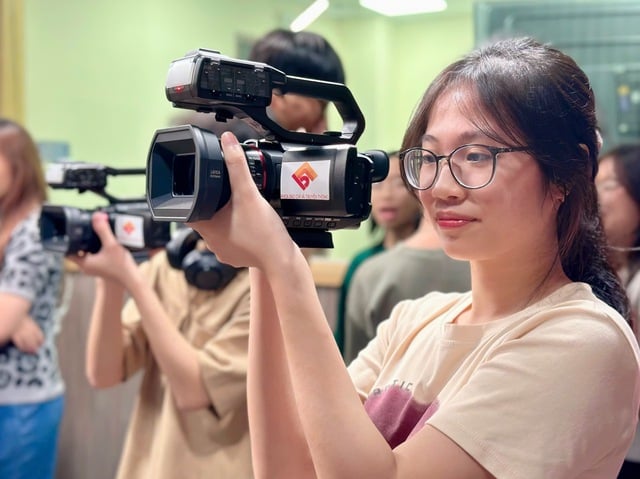
Students of the Faculty of Journalism and Communication, University of Social Sciences and Humanities (Ho Chi Minh City National University) during a practice session.
PHOTO: NTCC
In the current context, how much attention is paid to training journalism students to be able to adapt to new technology?
The journalism and multimedia training programs of the faculty have been updated and taught digital communication skills for many years. Students of the faculty are now taught to proficiently use tools related to digital skills such as: Adobe Photoshop, Adobe Illustrator, Adobe Premiere, Adobe InDesign, information graphics, digital marketing, etc. At the same time, they are also equipped with knowledge and skills related to multimedia with subjects such as: TV program hosting skills, photography, filming techniques, post-production techniques, scriptwriting, directing, etc. of the media industry; or newspaper layout design, photography and press photography, filming and editing techniques, etc. of the journalism industry. Currently, in the context of strong AI development, the training program supplements and updates new knowledge about AI applications, ethics and responsibilities when creating content with AI, verifying information with modern methods.
In addition, some skills such as information assessment, behavior and criticism with information in the digital environment, although not opened as separate subjects, are updated in specialized subjects or topics in students' first-year activities.
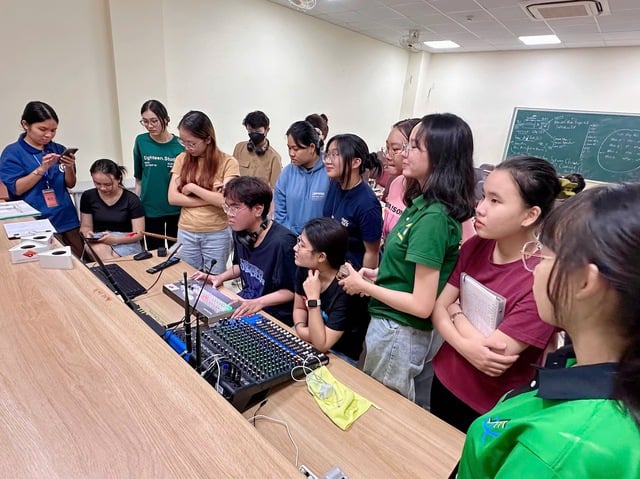
Journalism and communications are fields of study that are attracting young people.
PHOTO: NTCC
CHALLENGES FOR JOURNALISTS IN THE AGE OF AI
In the context that AI can replace reporters in many tasks of the journalism process, how should universities train learners in using this tool?
The development of AI is posing requirements for innovation in training programs in the field of journalism and communication. To have reference information in the process of developing training programs, the faculty's research team conducted a survey with 276 students on the needs, awareness, capacity and expectations of journalism and communication students regarding AI integration. The survey showed that over 76% of students started using AI when they were in university and nearly 24% of students started using it from high school. Nearly 90% of students said they had self-studied to use AI.
AI has become a popular and familiar tool for learners in the field of journalism and communication. However, students do not know how to exploit the strengths of AI more effectively. Students themselves are also aware that using AI in creating journalistic content can lead to copyright infringement, privacy violations, bias, and distortion, reducing the ability to debate, think independently, and be creative of journalists... Therefore, teaching students about digital ethics, algorithmic fairness, and social responsibility is becoming increasingly important. Integrating the introduction and guidance on using specialized AI applications according to each specialized training content in the field of journalism and communication is a necessary requirement in the current context.
For many years, journalism has been one of the leading majors in admission scores. Why is this major so attractive to young people?
This field of study attracts young people for many reasons. The constant presence, organic connection, and inseparability of media with social life, especially today's information society, makes young people feel that media is a part of their life, study, and work. Young people have personal characteristics such as being proactive with new technology, liking creativity, wanting to express personal opinions, wanting to have positive influences on the community, needing to build a social network to develop their careers, etc. Therefore, they tend to like to explore new media and have an advantage when studying this field. In addition, this profession is also highly flexible, can work for agencies, businesses, organizations, or freelance on projects, or start their own businesses.
So what are the forecasted opportunities and challenges for learners in the coming time, Doctor?
Opportunities for students in this field are quite diverse jobs when the economy develops. New technology applications also help content creators work more effectively. However, there are many challenges in this field, specifically: the risk of job competition, technological backwardness, lack of knowledge in other fields if only focusing on media skills, the risk of decreased creativity after a long time of working...
5 essential skill sets for journalism students
According to Dr. Trieu Thanh Le, there are 5 groups of skills necessary for journalism students:
Critical thinking, creative thinking, self-learning, problem solving based on mature, global thinking.
Skills in collecting, verifying, expressing, and publishing information to produce press articles based on the use of modern media.
Practical skills to communicate effectively in social life and multicultural working environments.
Teamwork skills, team management, planning and management skills for press and media projects in the practical environment of society, organizations and businesses.
Foreign language and technology skills.
Source: https://thanhnien.vn/dao-tao-bao-chi-trong-ky-nguyen-ai-185250616214746628.htm






















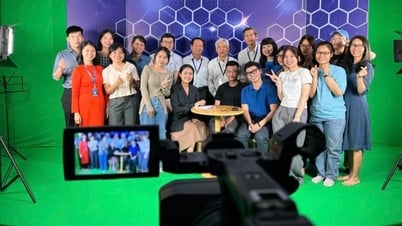



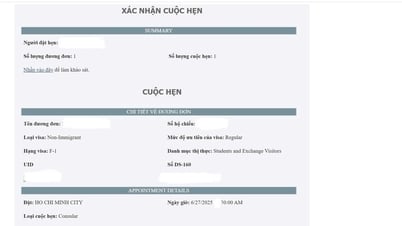






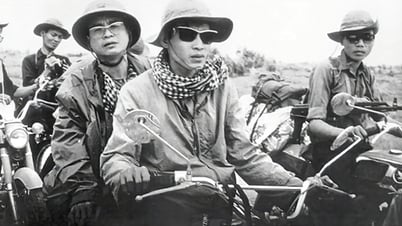

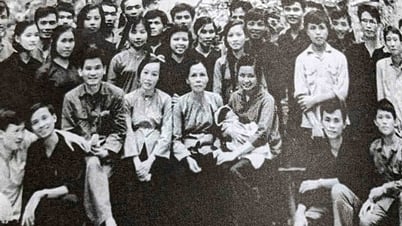



![[Photo] Overcoming the heat, practicing to prepare for the parade](https://vphoto.vietnam.vn/thumb/1200x675/vietnam/resource/IMAGE/2025/6/21/b93392e8da8243b8a32040d19590e048)





















![[Maritime News] Wan Hai Lines invests $150 million to buy 48,000 containers](https://vphoto.vietnam.vn/thumb/402x226/vietnam/resource/IMAGE/2025/6/20/c945a62aff624b4bb5c25e67e9bcc1cb)



















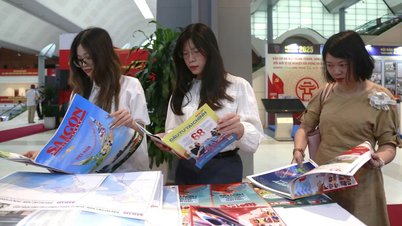

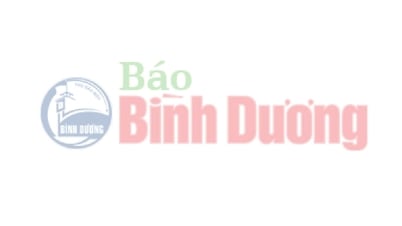
















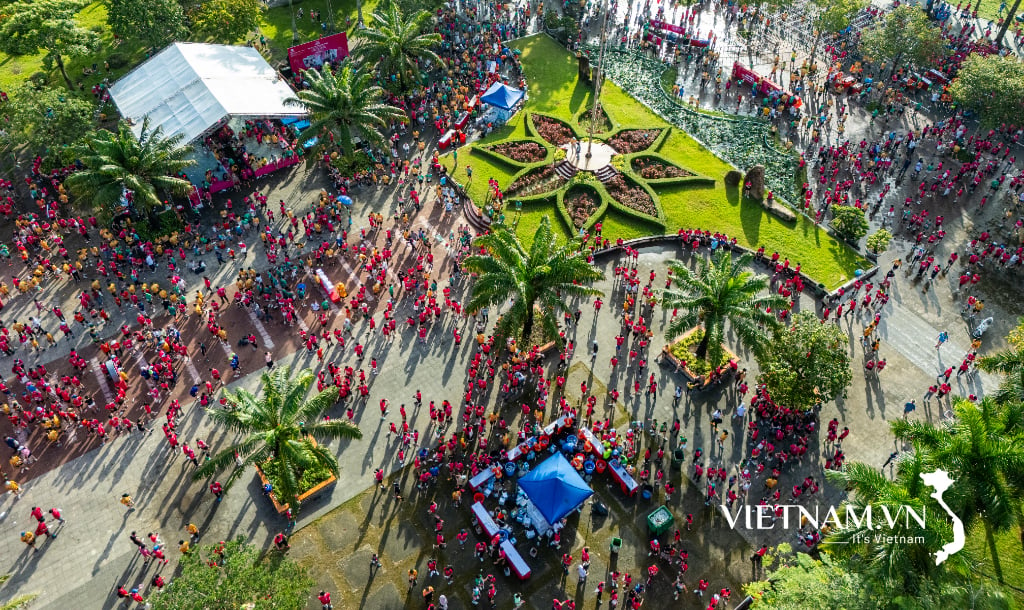



Comment (0)